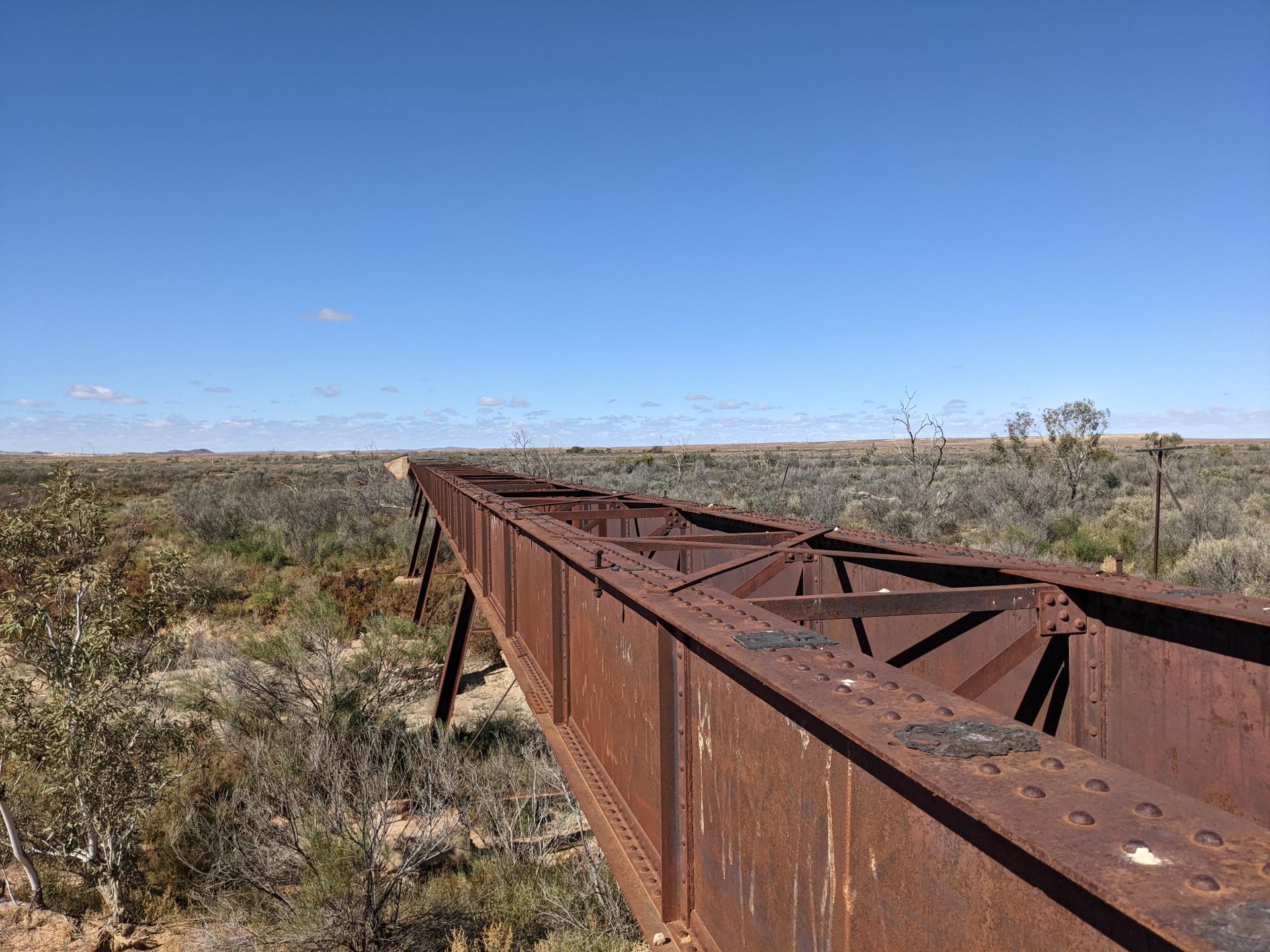
Since early February 2023, I’ve managed to post 26 interviews with participants in the Disquiet Junto music community. I thought I’d hit 25, and then realized I’d mis-tagged one of them along the way, an error that’s now been rectified. The series is called the Junto Profiles. The prerequisite to be interviewed for a Junto Profile is activity in the weekly projects for at least nine months. That doesn’t mean participating every week, just often enough to be a regular presence. The process for the Q&A is that I send the interviewee a document that consists of the same set of basic questions (where they’re from, what their musical activity is like, what’s a good music-making habit, etc.). When I get their responses to those questions, I read through the document, and then I send back one or two follow-up questions, exploring topics the interview subject has raised.
The answers to the standard questions are always of interest, and the follow-up questions are icing on the cake. The internet is awash in templated Q&As, and I get the attraction: for the interviewer, it’s easier than recording something and then transcribing and editing; for the interviewees, it can be done on their own time, and there’s a paper trail for what they said, so no surprises or errors pop up when the material is ultimately published. But every convenience comes at a cost, and I hope that the follow-up questions I include enliven the Junto Profiles Q&As a little bit, getting at some of the spirit of in-person interviews I so enjoy doing, but just don’t often have the time for. At the heart of this is a focus on the idea of conversation. These follow-up questions — albeit committed asynchronously in the cloud in a shared document — have a touch of conversation to them. And sometimes a touch is enough.
There’s a handy #junto-profiles tag that pulls up all the interviews to date, and they’re also listed in this website’s Conversations category index.
